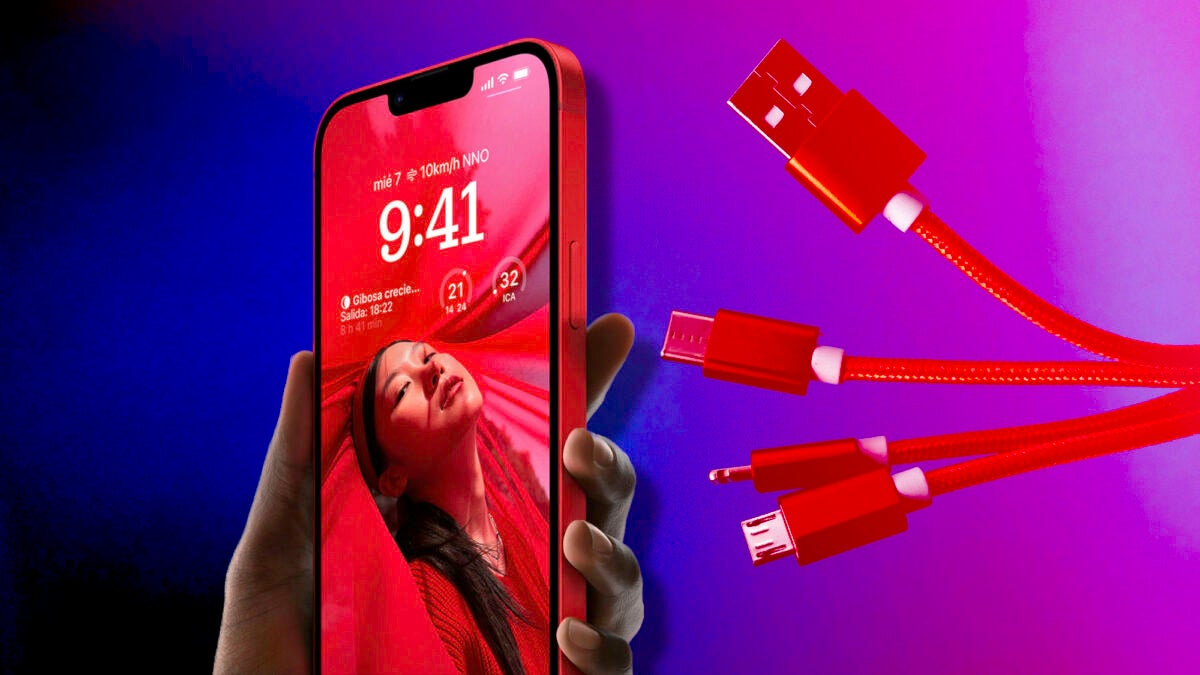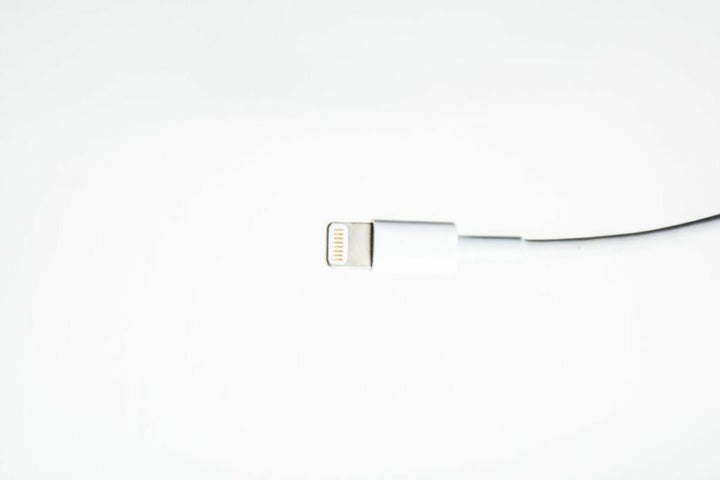News
Charging Ahead: Will Apple Introduce New Charging Features with the iPhone 15?
Only official cables will reach maximum speed

- March 21, 2023
- Updated: August 26, 2024 at 7:08 AM
The switch to USB-C on the iPhone has been a rumor that has been circulating for several years, and it seems that it will finally become a reality in the iPhone 15. As with the redesign of its buttons, according to reports and leaks, this new iPhone model will abandon the Lightning connector in favor of USB-C, which will allow us to charge our devices faster and more efficiently.
However, there are some limitations to keep in mind regarding USB-C charging on the iPhone 15, something we had already heard some rumors about, but not from a source with as much weight as Ming-Chi Kuo. According to the renowned Chinese analyst, the USB-C port will allow faster charging speeds, but only with MFi cables. This means that not just any USB-C cable will work and we will have to make sure to use only certified ones.
Not all cables are the same
Apple’s MFi (Made for iPhone) certified cable program is an initiative that seeks to ensure that third-party accessories are compatible and safe for use with Apple devices. Manufacturers that adhere to the program must follow certain rules and standards, which ensures that the products meet the quality and safety requirements we expect from an accessory for our iPhone.

With the arrival of the USB-C port on the iPhone, some people thought it was the end of the program, but the truth is that it will be more necessary than ever. According to rumors, Apple will optimize fast charging via USB-C on the iPhone 15. Right now, the highest charging speed is offered by the iPhone 14, which reaches 20W. According to Kuo, this figure will rise to 27W.
Recall, while we’re on the subject, that in addition to the usual 20-watt charger that Apple sells in its store, it also offers a 30-watt variant. Enough power for the fast charging that is being considered.
Thus, Ming-Chi Kuo, comes to confirm a previous rumor according to which the MFi program would continue with USB-C accessories. Let’s keep in mind that, some non-certified cables, even if they are of quality, do not meet the technical standards necessary to provide the maximum charging speed to which Apple aspires with the iPhone 15. Therefore, Apple has established, always according to rumors, a certification of accessories to ensure that we can have the maximum speed without damaging the devices.
Differences in loading speed, and also in transfer speed
In parallel, Kuo comes to confirm that there are also going to be some data transfer speed considerations between different cables and iPhone models. While all iPhone 15 models will feature the USB-C port, only the Pro models will support the USB 3.2 standard for faster data transfers. The entry-level iPhone 15 models will continue to use USB 2.0, resulting in slower data transfer times.

It is true, on the other hand, that the use of a cable to transfer data to or from the iPhone is becoming less and less common. The possibilities of wireless transfer are often more convenient. On the other hand, for transferring video files recorded on the iPhone with the Pro name, which reach a higher quality and resolution – especially if we use the ProRes format – the wired system is still very useful.
Because of its price and nature, too often we do not recognize the importance of the charging and connection cable of our iPhone. Not all cables are the same, especially when it comes to USB-C. A universal port, yes, but one in which a large number of standards with different specifications coexist.
We are talking about rumors, that’s for sure. We will have to wait for Apple to officially confirm all the changes during the presentation of the iPhone 15 in the fall. But, in any case, the reality is that uncertified cables can be dangerous. A program like this ensures that, when faced with an untested cable, our iPhone will take the necessary precautions.
Architect | Founder of hanaringo.com | Apple Technologies Trainer | Writer at Softonic and iDoo_tech, formerly at Applesfera
Latest from David Bernal Raspall
- How to make photos take up less space on the iPhone
- Facebook Messenger updates: Audio and video messages, integration with Siri, HD video, and much more
- Apple announces its promotions for Black Friday: which products benefit and how much
- Apple launches its own rocket into space: the iPhone 16 Pro goes into orbit in this curious announcement
You may also like

Niantic has been using Pokémon Go player data to train its AI
Read more

Five years later, a key piece of Star Wars is finally published
Read more

The streamer who performed the hardest combo in Kingdom Hearts 2 and didn't win anything in return at all
Read more

Google renews Circle to Search: new interface and improved access to features
Read more

A Florida man sues Netflix for how bad the Mike Tyson VS Jake Paul fight looked
Read more

OpenAI has just enhanced ChatGPT-4o to be “more creative than ever”—the result is terrifying
Read more